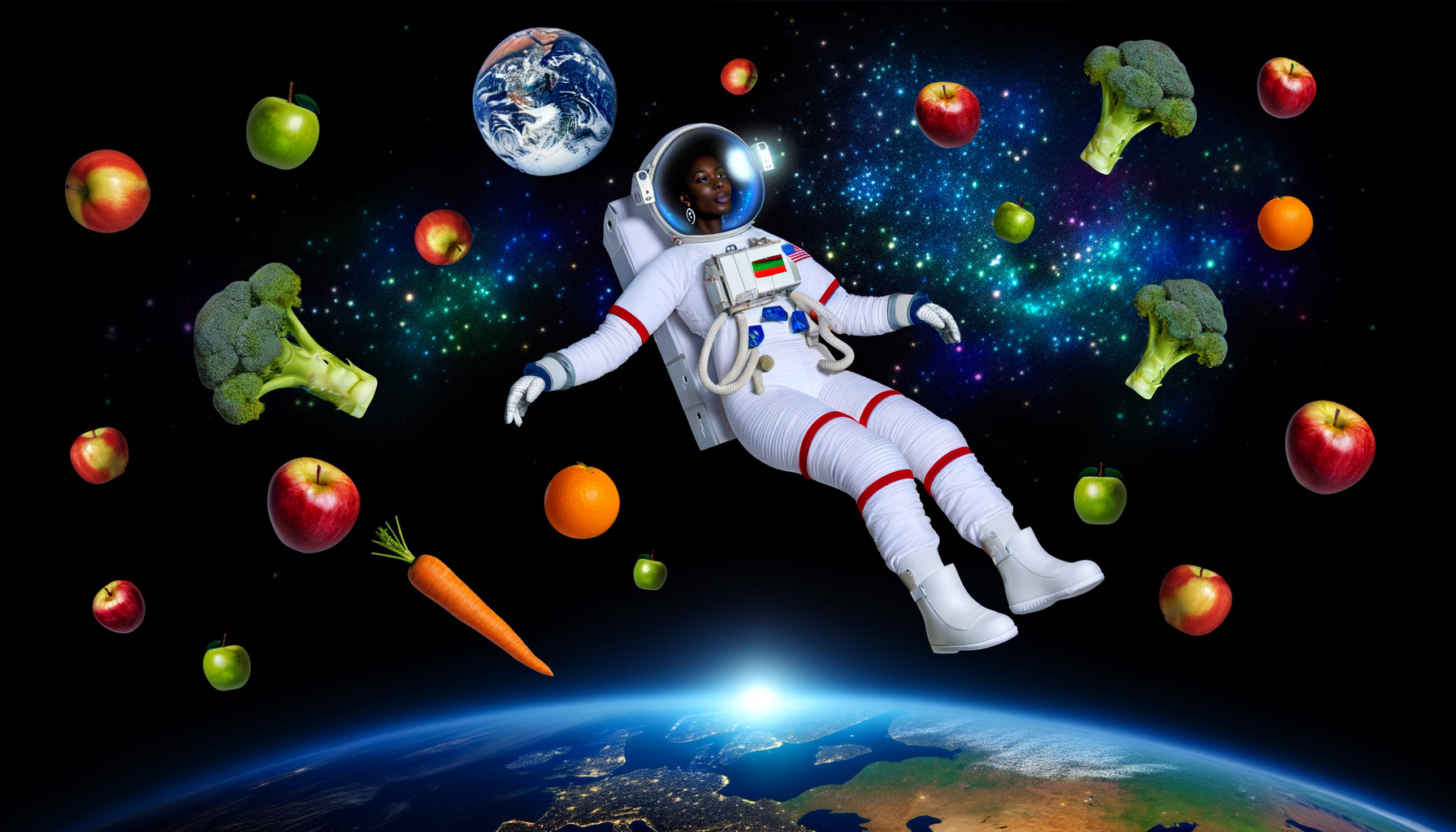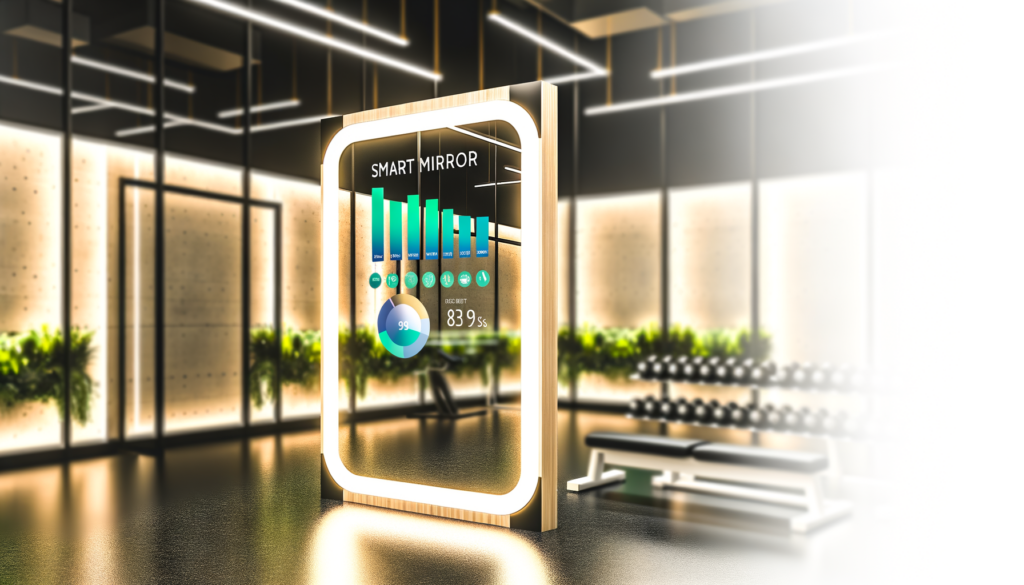Understanding the Challenges of Space Nutrition
When astronauts venture into space, they face a multitude of challenges that affect their physical and mental well-being. One of the most critical aspects of space travel is nutrition, as the space environment significantly impacts the body’s calorie needs and overall health. Here, we delve into the impact of microgravity on calorie needs and the nutritional strategies essential for space travelers.
The Effects of Microgravity on the Human Body
Microgravity, a hallmark of space travel, induces profound physiological changes in the human body. These changes are not limited to the physical realm but also affect the metabolic and nutritional needs of astronauts. In microgravity, the body undergoes significant alterations, particularly in the muscular, cardiovascular, and skeletal systems.
For instance, microgravity leads to muscle atrophy and bone loss due to the reduced need for physical effort and the altered balance between osteoclast and osteoblast activities. This results in a negative calcium balance, increasing the risk of kidney stone formation and other skeletal issues.
Nutritional Deficiencies in Space
Astronauts often experience a decrease in appetite and food intake during space missions, which can lead to inadequate energy intake. This reduction in caloric consumption is exacerbated by several factors, including the less-than-optimal quality of food, altered perception of smells and flavors, and the psychological stress of confinement and isolation.
Studies have shown that astronauts consume about 25-30% fewer calories during spaceflight than necessary to maintain their body weight. This chronic negative energy balance can lead to significant body mass loss, weakened immune and cardiovascular systems, and decreased muscle strength and endurance.
Energy Balance and Caloric Needs
Maintaining energy balance is crucial for astronauts. Energy balance is the result of the interplay between energy intake and expenditure. During spaceflight, the energy expenditure remains similar to that on Earth, but the reduced food intake leads to a negative energy balance. This imbalance is further complicated by the increased energy expenditure due to exercise countermeasures aimed at mitigating muscle and bone loss.
To offset this, astronauts need to consume more nutrient-dense foods. However, the space environment poses unique challenges for food transportation and storage. Prolonged storage can lead to nutrient degradation, reducing the bioavailability and bioaccessibility of essential nutrients.
Optimizing Astronaut Diets
Given the challenges, optimizing astronaut diets is a critical task. Here are some key strategies:
– **Nutrient-Dense Foods**: Astronauts benefit from foods that are high in energy and nutrients but low in volume and weight. Nuts, for example, are effective due to their high energy and nutrient content, although their shelf life can be a concern.
– **Fresh Food Production**: Developing methods for fresh food production in space can help stimulate appetite and provide essential nutrients. Fresh, tasty food can encourage astronauts to eat more, which is vital for maintaining energy balance.
– **Protein Intake**: Increasing protein intake is crucial for counteracting muscle atrophy. Studies suggest that astronauts should consume more protein than the recommended average to protect their health and maintain muscle function, especially during long-term missions.
– **Balanced Macronutrients**: Ensuring a balanced intake of macronutrients, including carbohydrates, proteins, and fats, is essential. Astronauts often prefer carbohydrates rich in energy and micronutrients, but the supply of such foods is limited due to transportation challenges.
Technological and Research Needs
To address the nutritional challenges in space, several technological and research advancements are necessary:
– **Real-Time Energy Expenditure Monitoring**: Developing onboard technology to accurately measure total energy expenditure and activity-related energy expenditures in real-time is crucial. This will help in establishing an optimal exercise regimen that balances energy requirements with the preservation of muscle and bone mass.
– **Food Processing and Preservation**: Improving the quality and stability of space food through better processing and preservation methods is essential. This includes enhancing nutrient bioavailability and reducing the weight and volume of food to make transportation more feasible.
– **Gender-Specific Nutritional Needs**: Future research should also focus on the specific nutritive needs of men and women, as gender can influence nutritional requirements and responses to microgravity.
Case Studies and Real-World Examples
The International Space Station (ISS) has provided valuable insights into the nutritional challenges faced by astronauts. For instance, the current space food available on the ISS is well-balanced in terms of nutrient composition but often lacks the palatability that encourages adequate consumption. Studies on astronauts during their first mission have highlighted the common symptoms such as nausea, vomiting, and decreased appetite, which further exacerbate the nutritional deficiencies.
In the context of future long-duration missions, such as those to Mars, the importance of nutrition cannot be overstated. A mission to Mars could result in significant weight loss and health implications if nutritional needs are not met adequately. Therefore, systematic research and technological advancements are imperative to ensure the health and performance of astronauts during these missions.
Conclusion and Future Directions
Nutrition plays a pivotal role in counteracting the negative effects of microgravity on the human body. The challenges posed by space travel necessitate a comprehensive approach to space nutrition, including the development of nutrient-dense foods, real-time energy expenditure monitoring, and improved food processing and preservation methods.
For those interested in optimizing their own nutrition on Earth, the principles learned from space nutrition can be applied to everyday life. Using tools like the Calorie Calculator Cloud can help in understanding and managing personal energy balance and nutritional needs.
As space exploration continues to advance, addressing the nutritional challenges faced by astronauts will be crucial for the success and health of future missions. By investing in research and technology, we can ensure that astronauts receive the nutrition they need to thrive in the extreme environment of space.
If you are interested in learning more about how to manage your calorie intake and nutritional needs, you can explore the Calorie Calculator Plans and other resources available.
In conclusion, the impact of microgravity on calorie needs highlights the complex interplay between nutrition, health, and the space environment. By understanding and addressing these challenges, we can better prepare for the nutritional demands of future space exploration missions.








